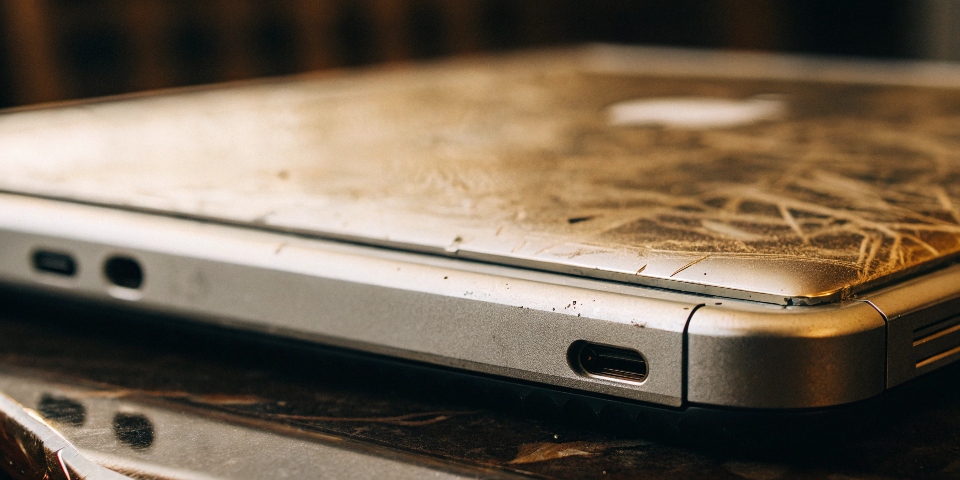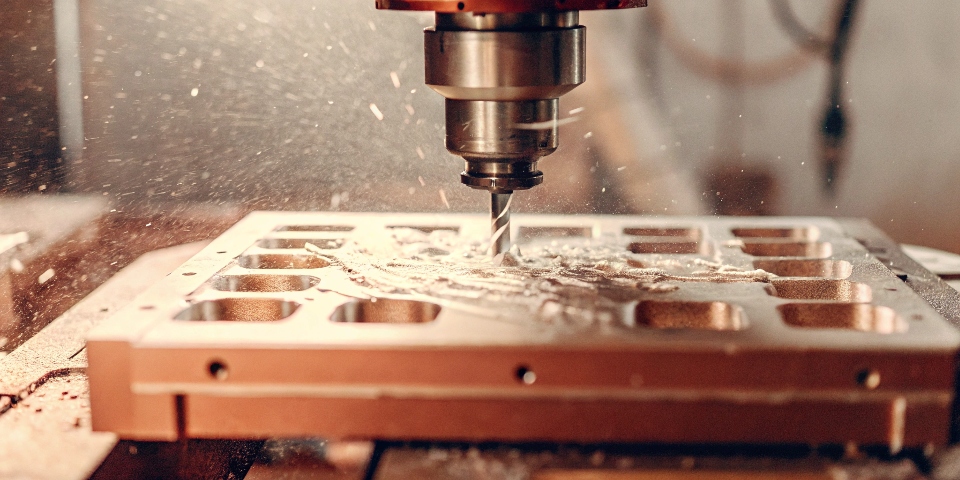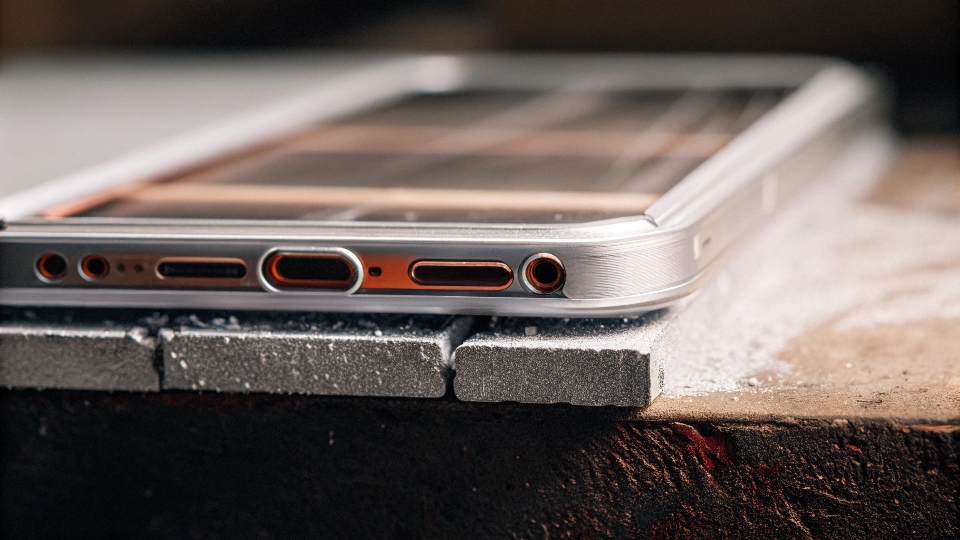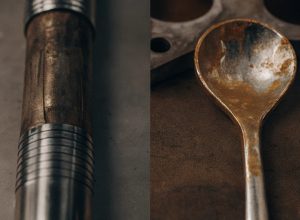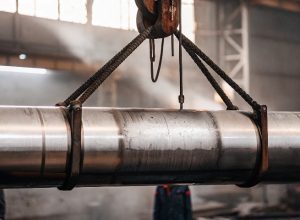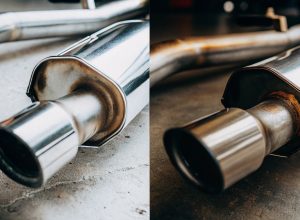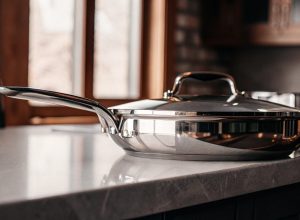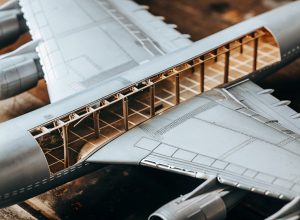Are you wondering why your new iPhone has a titanium frame, but your MacBook1 is still made of aluminum? This isn’t an oversight. Apple made a very deliberate manufacturing choice.
Apple stopped using titanium for MacBooks primarily due to its high cost and extreme difficulty in machining at scale. Aluminum provides a much better balance of strength, cost, and manufacturability for the large unibody enclosure of a laptop, making it the more practical choice for mass production.
It seems simple—titanium is just too expensive. But there’s more to it than just the price tag. As a titanium supply chain consultant, I see companies make these kinds of material decisions all the time. They have to weigh marketing appeal against the hard realities of manufacturing. Let’s break down the specific challenges Apple faced and why aluminum ultimately won the battle for the MacBook.
What Were the Downsides of the Original Titanium Laptop?
Remember the PowerBook G4? It was an iconic machine, but was its titanium shell really perfect? Many users and engineers discovered that using this advanced metal for a consumer device had some surprising drawbacks.
The original titanium PowerBooks were prone to scratches and the paint would often peel, revealing the raw metal. More critically for Apple, the material was incredibly difficult to form and machine, leading to high failure rates on the production line and driving up manufacturing costs significantly.
Diving Deeper into Manufacturing Hurdles
I remember the excitement around the "TiBook." For those of us in the metals industry, it was a very bold move. But the stories from the factory floor told a different tale. Titanium has a property called low thermal conductivity, meaning heat builds up on the cutting tool during machining. It also tends to gall, which means it can stick to the tool. These issues make the machining process slow, difficult, and expensive. I often advise my clients, like Ahmed who runs a metal distribution business in Turkey, that while titanium is exceptionally strong, its fabrication requires special equipment and deep expertise. Creating simple, small parts is one thing. Machining a complex, thin unibody laptop enclosure is a completely different challenge. Apple likely faced very high scrap rates, where one tiny flaw meant discarding an expensive, nearly-finished titanium shell. This simply wasn’t sustainable or profitable for a device sold to millions, pushing them to use the more reliable and forgiving aluminum alloys we see today.
Is Aluminum a Better Material for a Laptop Body Anyway?
We often think of titanium as the ultimate metal, but is it always the best option for every product? For a device like a MacBook, which must be durable, lightweight, and producible at a massive scale, aluminum has several key advantages.
For a laptop body, aluminum offers an excellent balance of strength, low weight, and superb machinability. It is far cheaper and easier to mill into the large, precise unibody designs Apple is famous for. It also dissipates heat better than titanium, a critical feature for powerful computers.
Diving Deeper into Material Properties
When a client asks me to compare materials, I always start by looking at the specific application. For a laptop computer, you need much more than just raw strength. Let’s compare the two materials side-by-side for this exact use case.
| Feature | Titanium (e.g., Grade 5) | Aluminum (e.g., 6000 Series) |
|---|---|---|
| Strength-to-Weight | Very High | Good |
| Machinability | Difficult | Excellent |
| Cost | High | Low |
| Heat Dissipation | Poor | Excellent |
| Corrosion Resistance | Excellent | Good (with anodizing) |
As the table shows, titanium clearly wins on pure strength and corrosion resistance. I help my clients choose it all the time for lightweight, ultra-durable parts in aerospace and marine engineering. But for a MacBook, the other factors become much more important. Aluminum’s excellent machinability allows Apple to create its signature unibody chassis quickly and precisely. Its ability to get rid of heat is also a huge benefit for a device packed with high-performance processors. Finally, the massive cost difference seals the deal. Aluminum simply makes better business sense for a product manufactured in the millions.
If Titanium Is So Difficult, Why Use It in the iPhone 15 Pro?
This is the part that confuses many people. Apple says no to titanium for one flagship product but yes for another. It seems like a contradiction, but the answer is all about the size and function of the component.
Apple uses a Grade 5 titanium2 alloy for the phone’s outer frame, not the entire body. This smaller part is fused to an aluminum substructure. This approach leverages titanium’s strength and premium feel while minimizing the amount of difficult and expensive machining.
Looking for Reliable Titanium Bars?
Our titanium bars are available in various grades and specifications to meet the highest industry standards. Perfect for aerospace, medical, and industrial applications, ensuring quality and performance under the toughest conditions.

Diving Deeper into Smart Design
I often advise clients to use titanium strategically. You don’t always need to make the entire product from it to get the benefits. Apple’s method with the iPhone 15 Pro is a perfect case study. They are not trying to machine a large, flat enclosure like a MacBook requires. Instead, they are creating a structural band. This band, made from Grade 5 titanium—the same workhorse alloy we use for critical aerospace components—provides incredible strength and a noticeable weight savings over the previous stainless steel frames. This titanium band is then bonded to an internal aluminum frame, which is much easier to make and helps with heat management. This clever hybrid design gives them the marketing victory of "titanium" and its real benefits (strength, light weight) without the huge cost and manufacturing problems of a full titanium body. It’s a textbook example of using the right material for the right job, which is the core principle of smart sourcing and supply chain management.
Conclusion
In short, Apple chooses aluminum for MacBooks because it perfectly balances cost, performance, and manufacturing ease for a large product, saving premium, hard-to-work-with titanium for smaller, high-impact components.

[^2] next to a modern aluminum MacBook](https://titonestmetal.com/wp-content/uploads/2025/08/apple-stopped-using-titanium-for-macbooks-primar.jpg)
